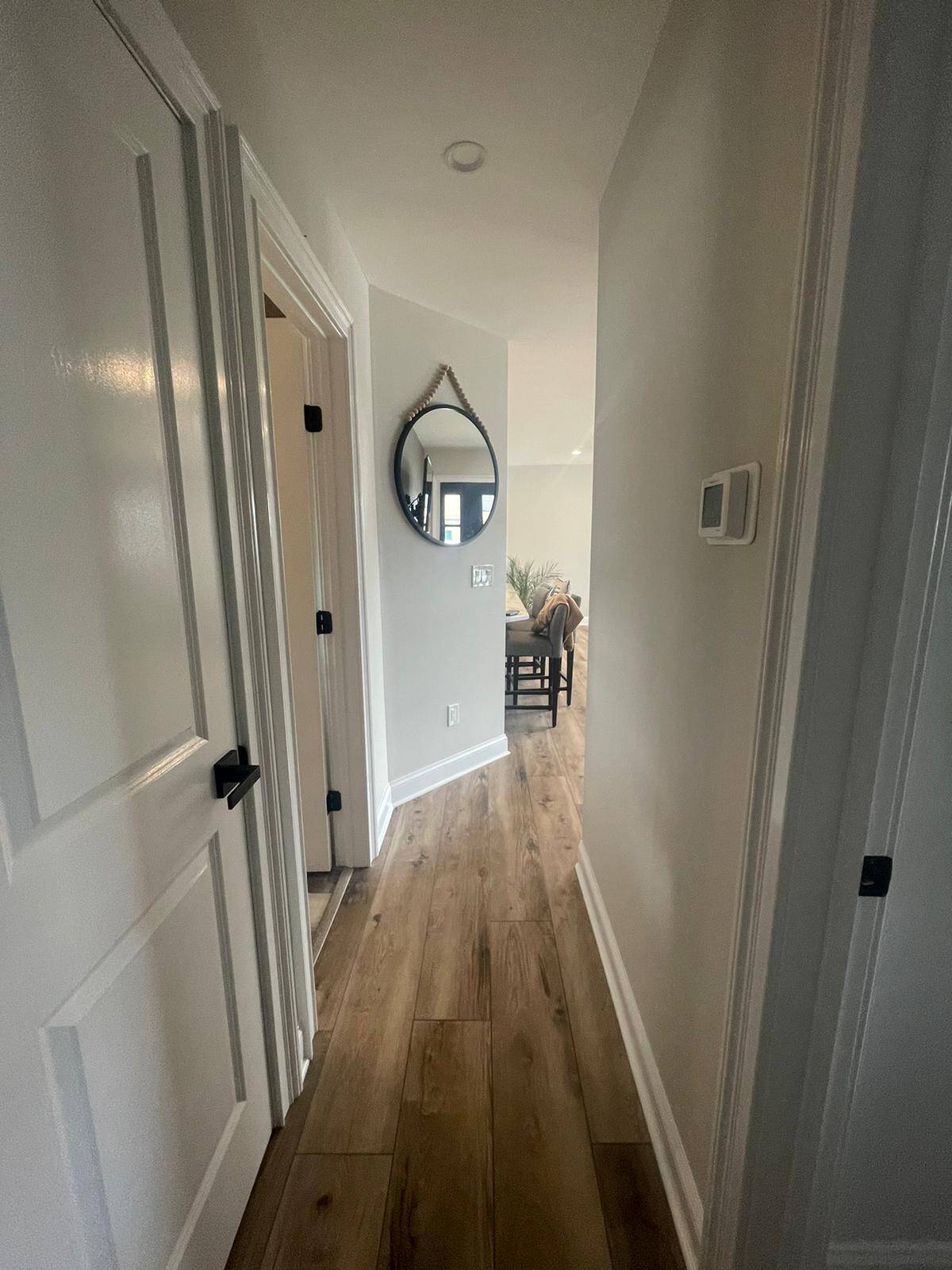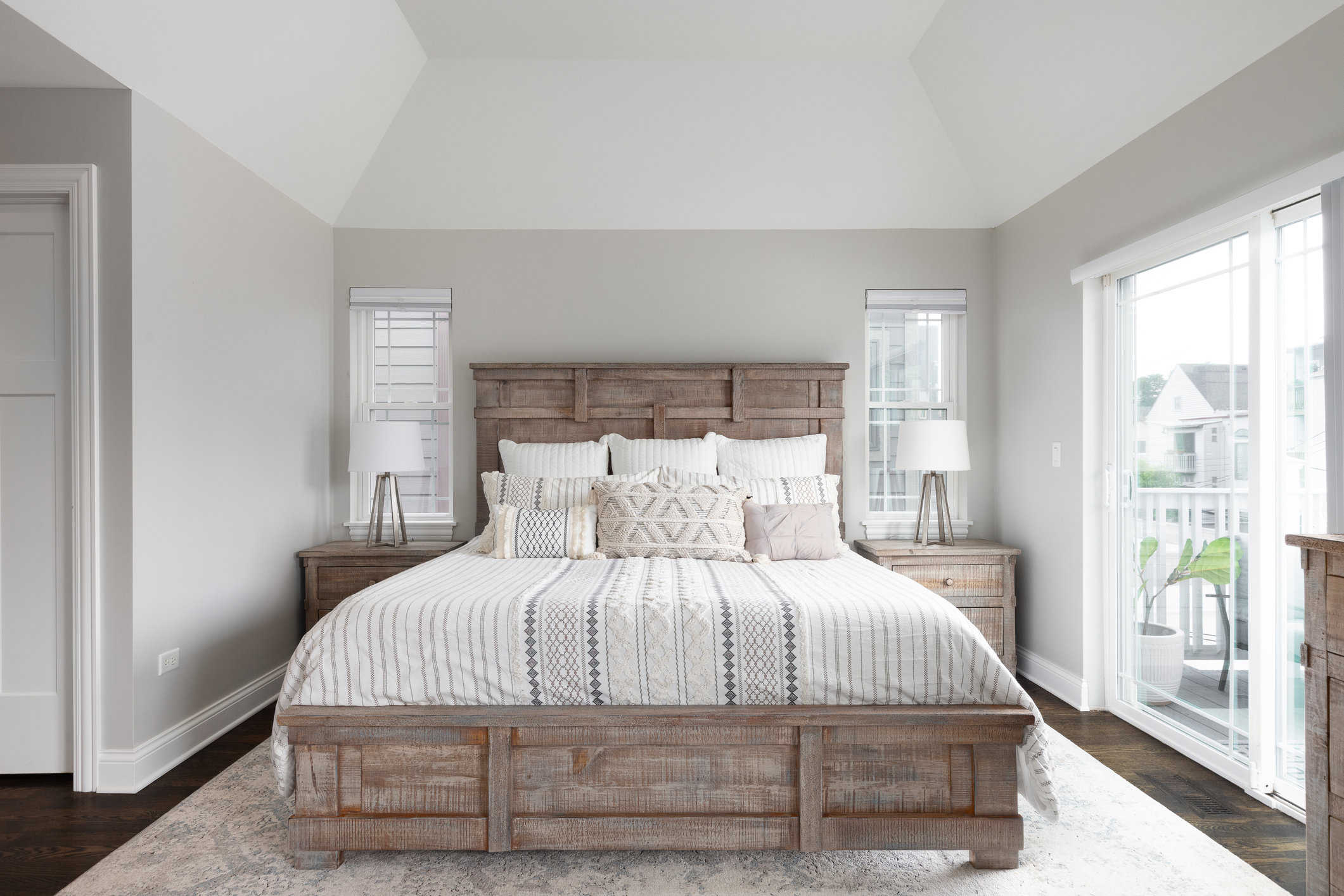Most homeowners don’t think twice about the paint they use. They focus on color, finish, and durability. But there’s something invisible lurking in many traditional paints—volatile organic compounds (VOCs).
These chemicals evaporate into the air as paint dries, releasing toxins that can linger for weeks, months, or even years. They contribute to indoor air pollution, affect health, and even harm the environment.
So, what’s the real impact of VOCs? And are low-VOC paints a safer alternative—or just clever marketing?
Let’s break it down.
Understanding VOCs in Traditional Paint
What Are VOCs?
Volatile Organic Compounds (VOCs) are carbon-based chemicals that easily evaporate into the air at room temperature. They’re found in a variety of household products, including paints, stains, varnishes, adhesives, and even cleaning solutions.
In traditional paint, VOCs play an important role:
-
Solvents help the paint spread evenly and dry smoothly.
-
Preservatives extend shelf life by preventing mold and bacterial growth.
-
Pigment stabilizers keep colors from fading or separating over time.
While these compounds improve paint performance, they come at a cost. Once applied, VOCs begin to off-gas—releasing chemicals into the air you breathe. This off-gassing process doesn’t just happen while the paint dries. It can continue for months or even years, making traditional paints a long-term source of indoor air pollution.
How VOCs Are Released into the Air
Ever noticed that strong, sharp smell when opening a can of paint? That’s VOCs evaporating. The scent may fade after a few days, but the emissions don’t stop when the walls feel dry to the touch. Paint can continue to release VOCs slowly over time, especially in enclosed spaces.
Several factors influence how long and how intensely VOCs linger in the air:
-
Temperature: Warmer conditions speed up off-gassing, causing VOCs to evaporate more quickly.
-
Humidity: Moist air can interact with VOCs, keeping them active in the environment for longer.
-
Ventilation: Without proper airflow, VOCs remain trapped indoors, leading to prolonged exposure and a higher concentration of airborne toxins.
This is why you might still smell paint fumes weeks after finishing a project—especially if the room isn’t well-ventilated.
Common Sources of VOCs in Homes
Paint is one of the biggest contributors to VOC pollution, but it’s far from the only one. Many everyday household items contain VOCs, adding to indoor air contamination. Common sources include:
-
Traditional oil-based and latex paints – Especially those with high solvent content.
-
Stains, varnishes, and wood sealers – Used on furniture, cabinets, and hardwood floors.
-
Adhesives and caulking materials – Found in construction projects and home repairs.
-
Cleaning supplies – Air fresheners, disinfectants, and degreasers often contain VOCs.
-
Furniture, carpets, and synthetic fabrics – Many new furnishings are treated with chemical coatings that off-gas over time.
Health Risks of VOC Exposure
Short-Term Health Effects
Ever felt dizzy or nauseous after painting a room? That’s because VOCs irritate the respiratory system and affect the central nervous system.
Common symptoms of short-term exposure:
-
Headaches
-
Nausea
-
Dizziness
-
Eye, nose, and throat irritation
People with asthma or respiratory conditions may experience worsened symptoms.
Long-Term Health Risks
The effects of long-term VOC exposure are more serious. Studies have linked chronic inhalation of VOCs to:
-
Liver and kidney damage
-
Neurological issues, including memory loss
-
Increased risk of cancer, particularly from benzene and formaldehyde
The concern isn’t just limited to painters or construction workers—anyone living in a VOC-heavy environment is at risk.
Who Is Most Vulnerable?
Some groups are especially sensitive to VOC exposure:
-
Children and infants – Their developing lungs absorb more pollutants.
-
Pregnant women – VOCs may pose risks to fetal development.
-
Elderly individuals – Weakened immune systems increase susceptibility.
-
People with allergies or asthma – VOCs can trigger breathing problems.
Traditional Paint vs. Low-VOC and Zero-VOC Alternatives
What’s the Difference?
| Paint Type | VOC Content | Off-Gassing Period | Best For |
|---|---|---|---|
| Traditional Paint | High VOC levels | Weeks to months | Not ideal for indoor air quality |
| Low-VOC Paint | Significantly reduced VOCs | Hours to days | Health-conscious homeowners |
| Zero-VOC Paint | Near-zero VOCs but may contain trace chemicals | Minimal | People with allergies, children’s rooms, nurseries |
Important Note: Even zero-VOC paints can contain biocides, fungicides, and other chemicals, so always check labels for full transparency.
Do Low-VOC Paints Perform as Well as Traditional Paint?
Years ago, low-VOC paints had a reputation for being less durable, offering poor coverage, and requiring multiple coats. But advancements in paint technology have changed that. Today’s low-VOC options are designed to perform just as well as traditional paints—without the harsh chemicals.
Modern low-VOC paints now provide:
-
Excellent coverage – Many brands offer one-coat formulas for efficiency.
-
Long-lasting durability – Resistant to chipping, fading, and wear.
-
Rich color retention – Vibrant pigments that maintain their depth over time.
Brands like Sherwin-Williams Harmony and Benjamin Moore Natura have developed high-performance low-VOC formulas that rival traditional paints in both quality and finish. Whether painting walls, trim, or cabinets, these eco-friendly options deliver professional results without compromising indoor air quality.
Are Low-VOC Paints Really Healthier?
The short answer? Yes.
Switching to low-VOC paint significantly improves indoor air quality. Since these paints release fewer harmful chemicals, they help reduce exposure to toxins that can cause headaches, dizziness, and respiratory irritation.
Another key benefit is odor. Traditional paints can leave behind strong fumes that linger for days. Low-VOC paints have minimal odor, meaning you can return to a freshly painted space sooner without worrying about harsh chemical smells.
Most importantly, lower emissions make low-VOC paint a safer choice for families, especially for children, elderly individuals, and those with asthma or allergies.
The Environmental Impact of VOCs in Paint
How VOCs Contribute to Outdoor Air Pollution
VOCs don’t just harm indoor air—they contribute to smog and ground-level ozone. When VOCs react with nitrogen oxides, they create pollution that affects air quality on a city-wide scale.
The Carbon Footprint of Traditional Paints
Traditional paints require petroleum-based ingredients, leading to:
-
High-energy manufacturing processes
-
Increased greenhouse gas emissions
-
Improper disposal leading to water contamination
How Eco-Friendly Paints Reduce Environmental Harm
Eco-friendly paints are made with sustainable, plant-based ingredients and use minimal synthetic chemicals. Brands like ECOS Paints and Clare Paint even offer biodegradable formulas.
Common Concerns About Switching to Low-VOC Paint
“Is Low-VOC Paint More Expensive?”
Initially, yes. Low-VOC paints can cost 10-20% more than traditional options.
However, when you factor in:
-
Better air quality
-
Fewer health-related issues
-
Less need for ventilation equipment
…the long-term benefits far outweigh the extra cost.
“Does Low-VOC Paint Work as Well?”
Absolutely! Modern formulations offer:
-
Better durability
-
Superior coverage
-
Fast drying times
“Do I Still Need Ventilation with Low-VOC Paint?”
Yes! While low-VOC paint emits fewer toxins, it’s still important to:
-
Open windows and doors
-
Use fans or air purifiers
-
Allow at least 24 hours for drying
When to Call a Professional Painter for Help
Choosing the right low-VOC paint can feel overwhelming with so many options on the market. A professional painter can take the guesswork out of the process by recommending the best brands for your specific needs—whether you’re looking for durability, color depth, or eco-friendly certifications.
Beyond product selection, a skilled painter ensures flawless application. From proper surface preparation to smooth, even coats, their expertise helps achieve a professional-quality finish that lasts. They also handle essential details like ventilation and cleanup, reducing disruption to your home and routine.
A safer, healthier home starts with making informed choices. If you’re unsure where to begin, consulting a professional can save time, effort, and ensure you get the best results.
Should You Ditch Traditional Paints?
Yes, VOCs in traditional paints pose serious health risks—but you don’t have to sacrifice quality for safety.
Switching to low-VOC or zero-VOC paint is an investment in your family’s health, indoor air quality, and the environment.
Ready to make the switch? Talk to us today and breathe easier in a cleaner, healthier home.






